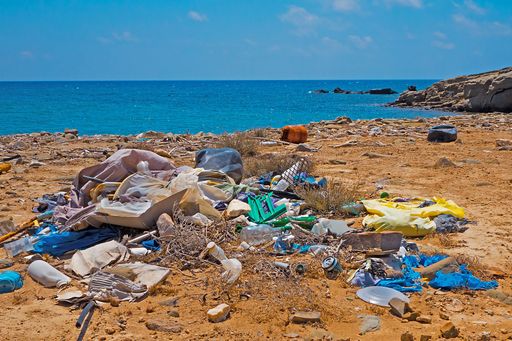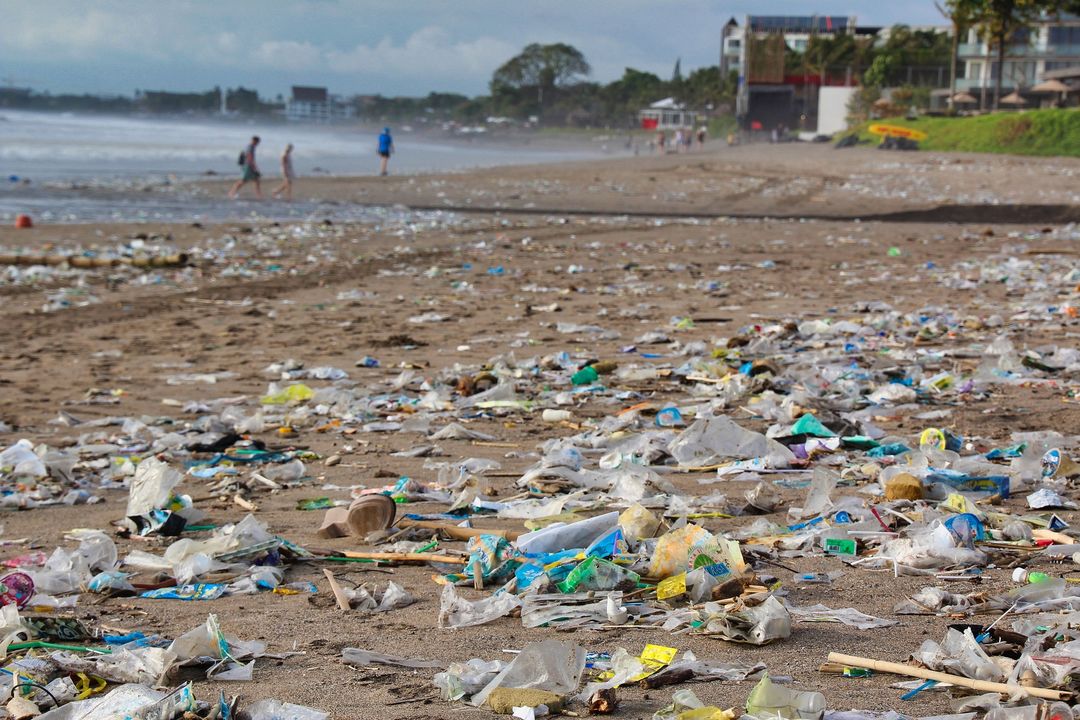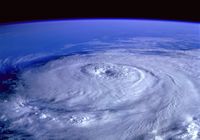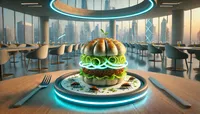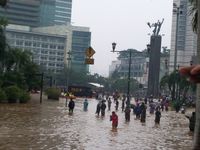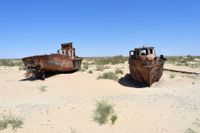Who hasn't seen images of beaches littered with plastic waste? Since its invention in the 1950s, billions of tons of plastic have been produced - an unimaginable amount. Millions of tons of plastic waste end up in the world's oceans each year, the home of numerous marine creatures. On one hand, the plastic waste is illegally dumped by ships, on the other hand, it gets into the ocean through rivers, canals, wind, or directly through the beaches, such as when people leave their garbage on the shore. Every minute a truckload of plastic waste lands in the ocean. It is estimated that there are currently around 150 million tons of plastic in the world's oceans. A tragic thought when you consider that plastic is not completely biodegradable, it is "biologically inert", which means that it disintegrates into ever-smaller particles but never completely decomposes. This so-called microplastic is very dangerous because toxic and hormonally active additives are released during decomposition and are absorbed by the organisms living in the oceans. Microplastic is distributed by ocean currents, rivers, and wind all over the earth and settles in plants and soils – traces of microplastic have even been found in the Antarctic Ocean. Microplastic is so tiny that it cannot be filtered out in wastewater treatment plants and can therefore spread again – a cycle that is not to be broken.
What impact does plastic pollution have on the ecosystem and human health?
The ingestion of plastic or trash causes marine animals to feel full from foreign bodies in their stomachs and starve to death. The drifting plastic pieces often become deadly traps for fish, turtles, seals, and birds – they become entangled in so-called ghost nets that are adrift in the ocean. The animals get tangled in the ropes, are tied by the cords, and drown or strangle themselves. Ecosystems such as coral reefs are affected by plastic waste. It can get caught in the corals and break off the branches or deposit on the corals and cover their surface, preventing vital photosynthesis. It is estimated that currently about 75% of the world's coral reefs are at risk. Plastic also has fatal consequences for humans. As mentioned before, plastic does not disintegrate, but breaks down into small pieces, the microplastic, which is constantly ingested by marine organisms with food. The plastic particles attract pollutants in the water like a magnet and therefore bind a real cocktail of toxins to themselves. By consuming fish, shellfish, and other seafoods, the microplastic enters the human food chain. The more microplastic there is in the water, the more plastic ultimately ends up in us. The effects on the human body are currently not known, however long-term effects cannot be excluded.

